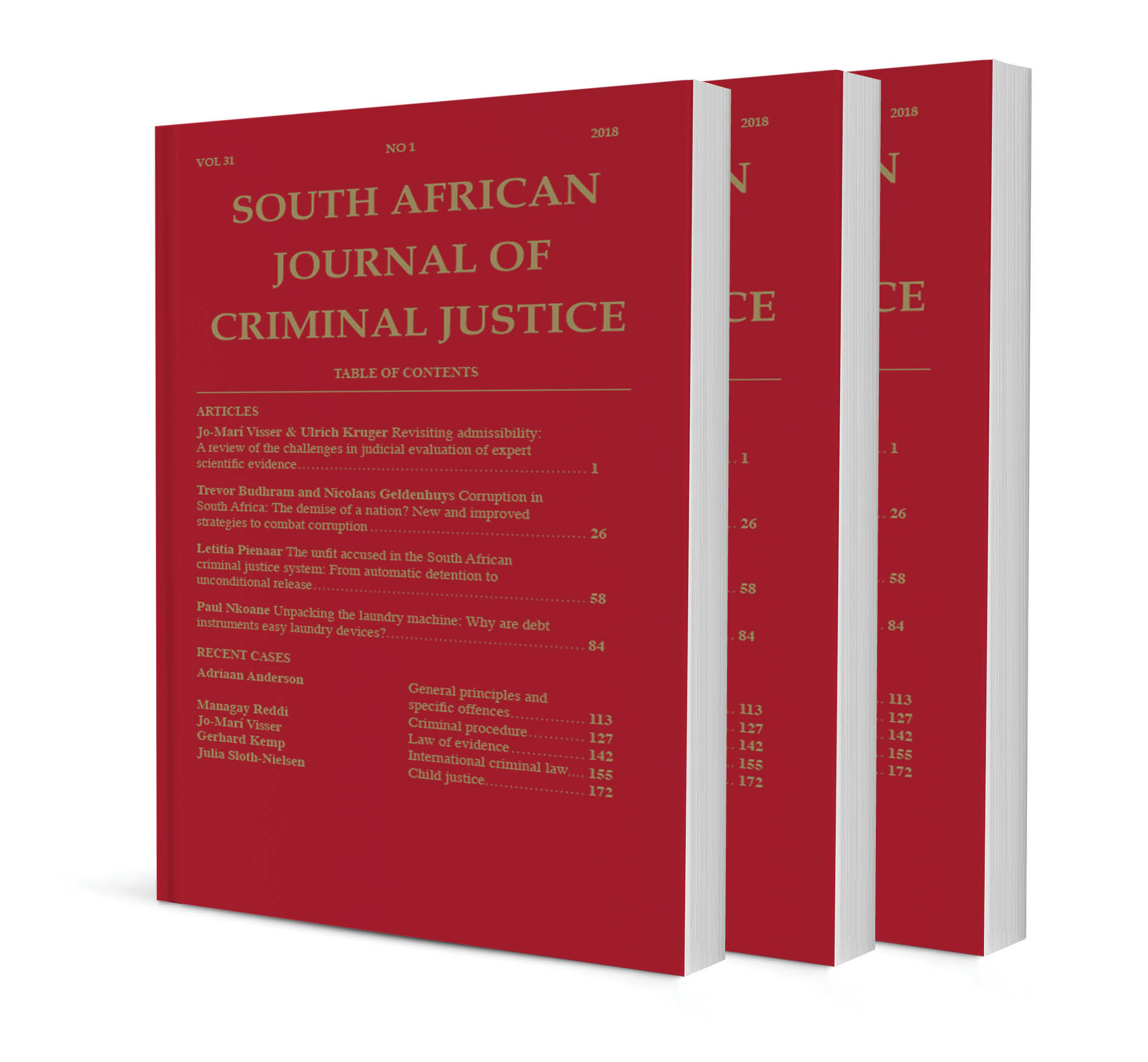Exclusion from refugee status of asylum seekers who have allegedly committed war crimes in non-international armed conflicts outside South Africa

Exclusion from refugee status of asylum seekers who have allegedly committed war crimes in non-international armed conflicts outside South Africa
Author Jamil Ddamulira Mujuzi
ISSN: 1996-2118
Affiliations: LLB (Makerere) LLM (Pretoria) LLM (Free State) LLD (Western Cape), Professor of
Law, University of the Western Cape
Source: South African Journal of Criminal Justice, Volume 33 Issue 2, p. 425 – 445
Abstract
Section 4(1)(a) of the Refugees Act disqualifies from refugee status any person who is alleged to have ‘committed a crime against peace, a war crime or a crime against humanity, as defined in any international legal instrument dealing with any such crimes’. The Implementation of the Geneva Conventions Act and the Implementation of the Rome Statute of the International Criminal Court Act provide that South African courts have jurisdiction over war crimes committed abroad. The Implementation of the Rome Statute of the International Criminal Court Act is only applicable to crimes that were committed after July 2002. However, the Implementation of the Geneva Conventions Act is silent on whether South African courts have jurisdiction over war crimes committed by non-South Africans in noninternational armed conflicts outside South Africa. As a result, if a person whose application for refugee status has been declined under s 4(1)(a) on the ground that there is reason to believe that he committed a war crime in a non-international armed conflict cannot be extradited for prosecution, South African courts will not have jurisdiction over him. It is argued that there is a need to amend the Implementation of the Geneva Conventions Act to address this loophole. In order to support this argument, the article addresses the following issues: a discussion of s 4(1)(a) of the Refugees Act; the admissibility of foreign convictions in refugee determination cases; prosecuting a person who has committed war crimes outside South Africa; and excluding a person from being recognised as a refugee on the basis of an offence of a non-political nature and the principle of non-refoulement.